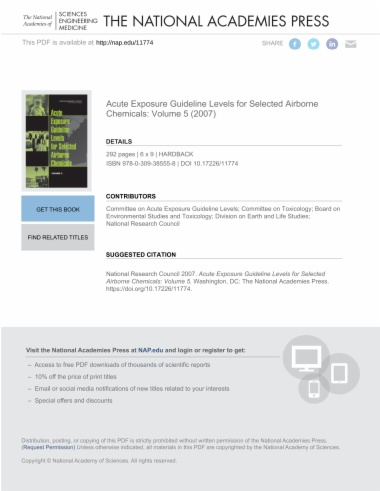The Pan-Malaysian Islamic Party PAS is the biggest opposition party in Malaysia today and one of the most prominent Islamist parties in Southeast Asia. This work recounts the historical development of PAS from 1951 to the present, and looks at how it has risen to become a political movement that is both local and transnational, tracking its rise from the Cold War to the age of the War on Terror, and its evolving ideological postures - from anti-colonialism to post-revolutionary Islamism, as the party adapted itself to the realities of the postmodern global age. PAS's long engagement with modernity and its nuanced approach to the goal of state capture is the focus of this work, as it recounts the story of the Islamist party and Malaysia by extension.
Download the Table of Contents and Introduction
- Cover
- Table of Contents
- Introduction
- Islamism in a Mottled Nation: The Story of PAS
- Where and When We Are: Locating PAS in Today’s Overdetermined and Highly Contested Malaysia
- 1. 1951-1969: The Orphan of the Cold War
- An Islamic Party Steps on the Stage of Malaysian Politics
- Islamism Ascending: How and Why Political Islam Emerged in the World of Malayan Politics
- The Kaum Muda Challenge: Islamist Activism as the Precedent to Islamist Politics
- Competing Discourses during the Japanese Military Occupation of Malaya
- The First Expression of Malay-Muslim Nationalism: The Partai Kebangsaan Melayu Malaya
- Political Islam before PAS: The Short-lived Hizbul Muslimin Party of Malaya
- Born from the Womb of UMNO: The Early Years of PAS as Persatuan Islam Se-Malaya
- PAS under Dr. Burhanuddin al-Helmy: Islamism to the Left
- 2. From Internationalism to Communitarianism
- PAS as the Defender of Malay Rights: 1970-1982
- From Internationalism to Localism: PAS’s Inward Turn in the 1970s
- The Fire of Youth: Student Activism and Islamism on the Campuses of Malaysia in the 1970s
- The Islamist Tide Grows Stronger: PAS in the Muslim World at the Close of the 1970s
- 3. PAS in the Global Islamist Wave: 1982-1999
- 1982: The Ulama era begins
- Ustaz Yusof bin Abdullah al-Rawa and PAS’s Renewed Jihad of the 1980s
- Against the Secular State: Violence and Confrontation in PAS’s politics of the 1980s
- The Islamists Falter: PAS’s Nadir in 1986
- On to the 1990s: PAS redefines its Jihad
- The Ground Shifts, Again: The Narrowing of the Muslim Political Arena from the Mid-1990s to 1999
- 4. The Jihad of the Ballot Box
- PAS’s Democratic Experiment: 2000-2013
- 2000-2004: The New Century Explodes
- The 2004 Election Debacle and the Resurgence of the Reformist ‘Erdogan’ Faction in PAS
- The 8 March 2008 Tsunami: The Eclipse of Islam Hadari and the Return of PAS
- PAS in the Era of 1Malaysia: The Internal Divisions Finally Come to the Surface
- The Return of the Repressed: The Sabah ‘Sulu Crisis’ and Its Impact on Malaysia
- Endnote, Though Not Endgame: PAS in the Future
- 5. Religion, Politics, Islam, Islamism
- What PAS Is, and What It Is Not
- PAS and the Lure of All-Devouring Politics
- The Understanding-that-Kills: Knowing the Islamic State
- Between Tidy Universes and Fuzzy Borders
- The Unending Road: Islamism in a Loop
- Bibliography
- Index

